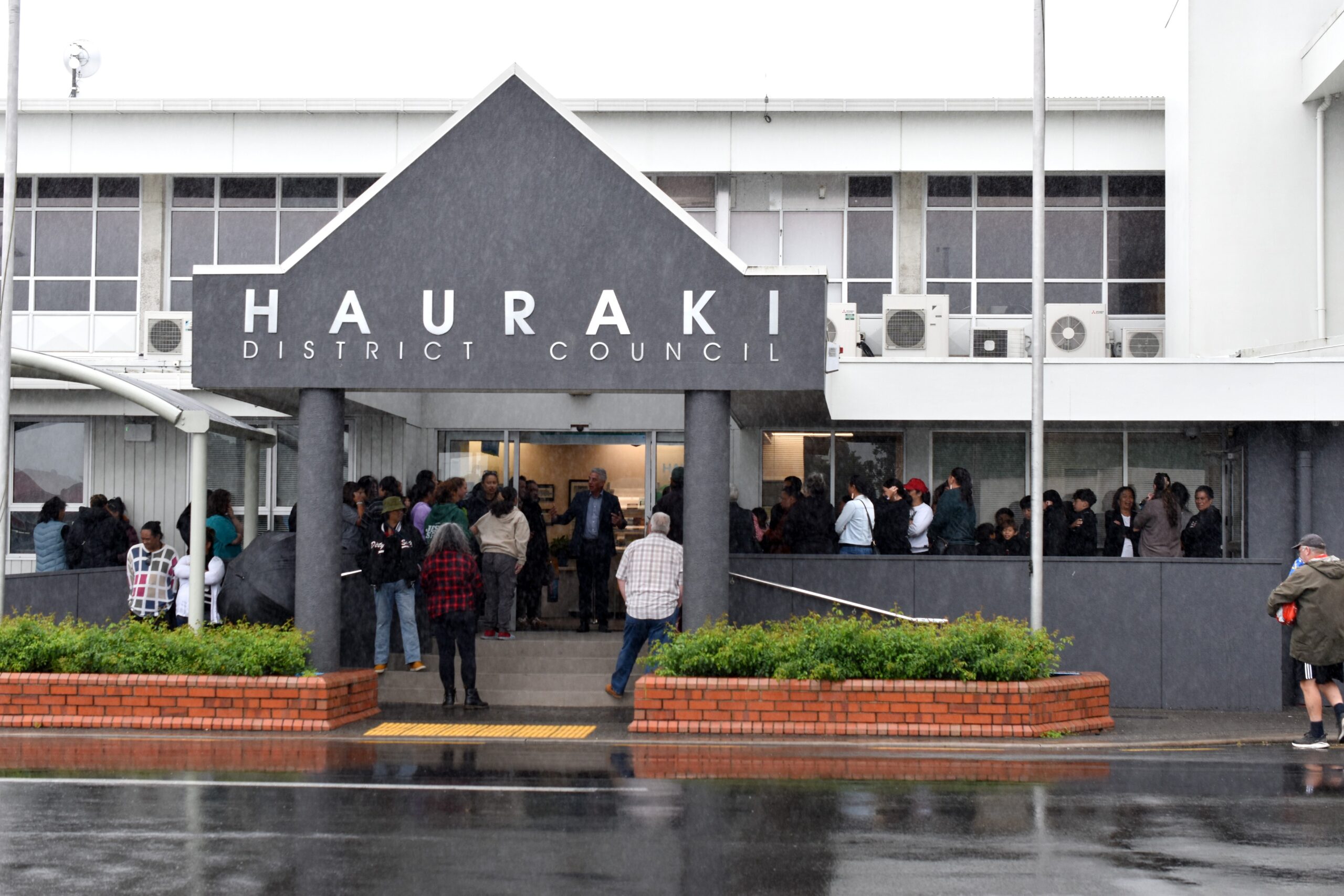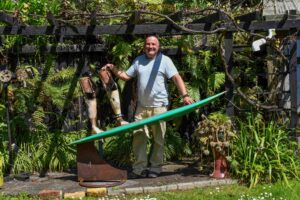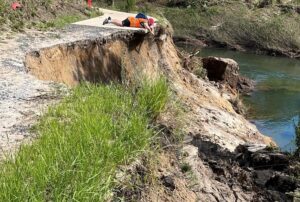On the day Hauraki District Council made the historic decision to include Māori Wards for the 2025 and 2028 triennial elections, hundreds of iwi members, kaumātua, rangatahi, and tamariki gathered within chambers to celebrate.
“We can’t fix the past but we can change the future,” Hauraki Mayor Toby Adams said, “and the future is sitting with us here today.”
The momentous and “emotional” vote comes after council opted not to establish Māori wards in 2018, because back then, council didn’t have enough time with iwi to do the decision “justice”.
Now, Mayor Adams said it felt like “the right time for us as a district”.
“These are brave decisions, because there will be people who feel like it’s a wrong decision, but they are not always armed with the right information… but man, I feel like we are braver than Auckland City.”
One day after Hauraki’s historic vote, Auckland councillors voted 11-9 not to have Māori seats at the 2025 local body elections.
Mayor Wayne Brown abstained from the vote.
In contrast, at Hauraki District Council’s October 25 meeting, Mayor Adams moved the motion after opening up the floor for a korero from the visiting iwi.
“It is a no-brainer,” Josie Anderson of Ngāti Hako said. “You do not need to be congratulated for taking this step when we have a Treaty that gives perhaps a legal obligation on councils to start creating a world based on a fair and just society.
“But you’ve also got a damn moral obligation to ensure that all of our communities, and particularly our iwi and Māori communities, sit at your table. This is just another beginning, another step in a long road.”
Māori Wards allow voters on the Māori role to elect a representative to their local council.
They sit alongside general wards and, in an earlier report, council said six of the 11 regional councils [54.5 per cent] had Māori constituencies in the 2022 local elections, while 29 of 76 territorial authorities [43.3 per cent] had Māori wards.
How many Māori wards Hauraki District will have is decided by a formula in the Local Electoral Act, based on the ratio of Māori electoral population to the total electoral population.
Based on that formula, it’s likely there may be two Māori wards in the Hauraki District.
After the vote was passed unanimously, a celebratory haka and waiata broke out around the chambers.
Mayor Adams said he and fellow elected members thought it was “one of the coolest days” witnessed in council.
“I think it’s been crystal clear how much I love the Hauraki and all that Hauraki represents.
Hauraki is where my home is, and this to me is a step in the right direction.”
The next step for council is to conduct a representation review which will decide how many wards there would be in the next local elections, their boundaries, and how many councillors will be in each.
BY KELLEY TANTAU & ALICE PARMINTER





